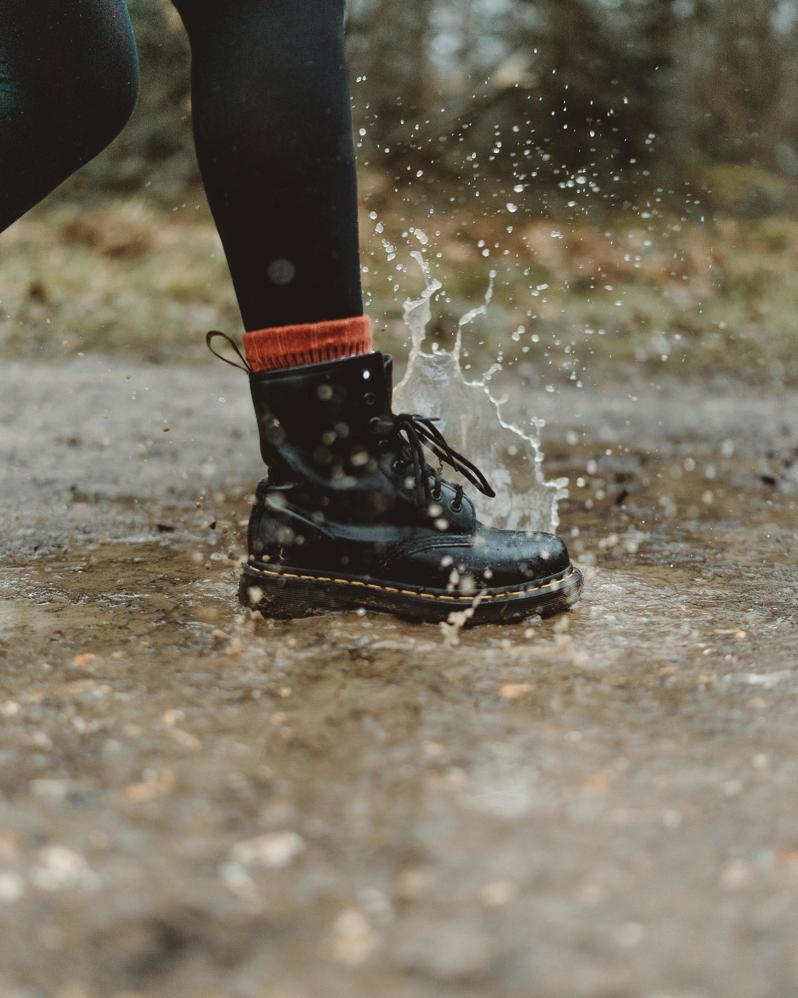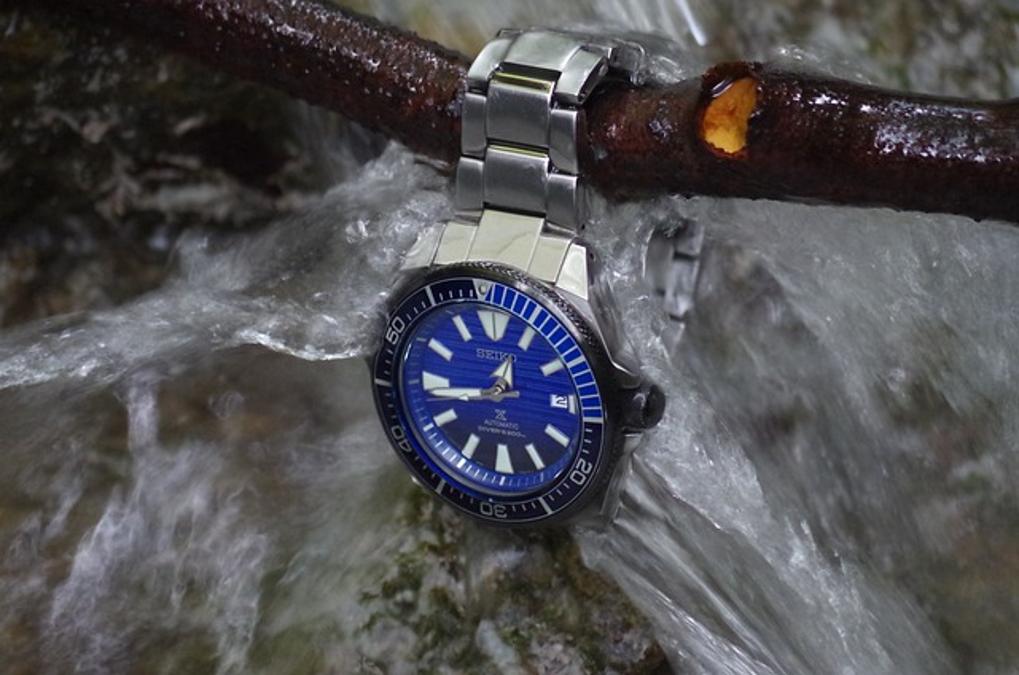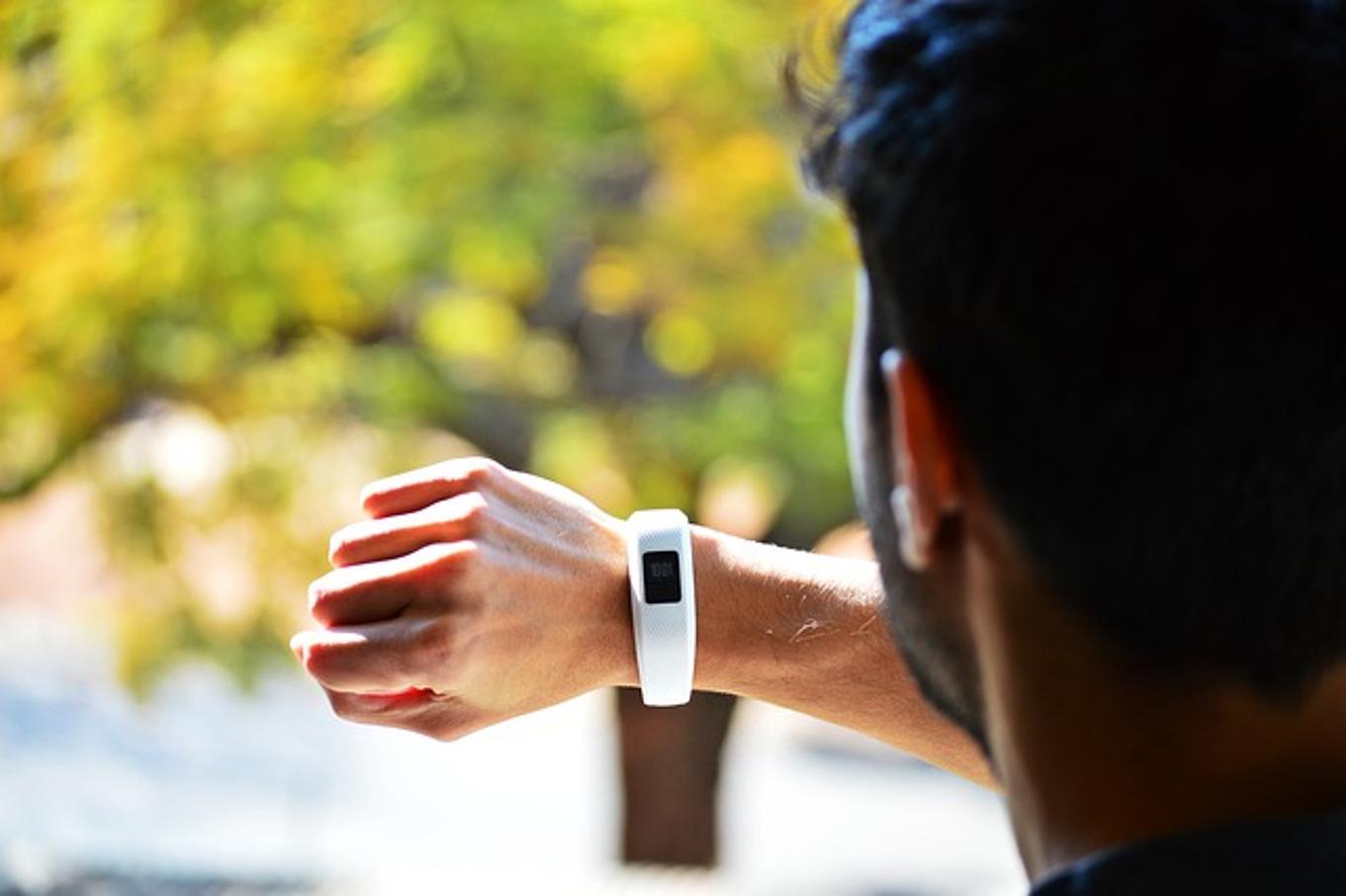Is Fitbit Waterproof? Your Complete 2024 Guide
Introduction
You’ve invested in a Fitbit, and now you’re curious: is my Fitbit waterproof? This guide dives into everything you need to know about the water resistance of Fitbit devices. From the technical jargon to practical applications, we've got you covered.
When it comes to fitness trackers, terms like 'waterproof' and 'water-resistant' often create confusion. Understanding these terms is crucial for making the most out of your Fitbit.
- Waterproof: A device labeled as such can be submerged in water to a specific depth for a certain amount of time without getting damaged.
- Water-Resistant: This means the device can handle some exposure to water but not extended immersion.
Different fitness trackers come with varying degrees of water protection, making it essential to understand what your specific Fitbit can handle.
Water resistance is measured by specific ratings, generally defined by the ATM (atmospheres) standard:
- 3 ATM: Withstands pressures equivalent to a depth of 30 meters. Suitable for brief water exposure like handwashing or light splashes.
- 5 ATM: Can handle pressures equivalent to a depth of 50 meters. Safe for swimming in a pool but not for diving.
- 10 ATM or higher: Suitable for high-pressure water activities like snorkeling or diving to significant depths.
Understanding these ratings helps you avoid accidentally damaging your Fitbit through improper use.
Different Fitbit models come with various levels of water resistance. Let's examine some popular series:

Fitbit Versa Series
The Fitbit Versa Series is known for its robust water resistance, rated at 5 ATM. You can confidently use it in the pool or wear it in the shower. However, even with its excellent rating, caution is advised in chemically treated waters.
Fitbit Charge Series
Fitbit Charge models, like the Charge 5, also feature a 5 ATM water resistance rating, making them safe for swimming and most water-related activities. They're ideal for those who have an active lifestyle.

Fitbit Inspire Series
The Inspire Series offers water resistance up to 50 meters. This makes it an excellent choice for swimmers and those who frequently encounter water during daily routines. But always remember to rinse it with fresh water after each swim.
Other Fitbit Models
Other Fitbit models, including the Ace series for kids, generally offer a similar 5 ATM rating, ensuring that the device can handle the rigors of everyday water exposure. Each model provides suitable resistance for routine activities.
Knowing your Fitbit’s water resistance rating is only half the battle; understanding where you can safely use it is crucial.
Swimming
For swim enthusiasts, most Fitbit models rated 5 ATM or higher are safe bets. You can track your swimming sessions without worrying about damaging your device. Nevertheless, it’s wise to avoid deep dive sessions unless specified.
Showering
Feel free to keep your Fitbit on while showering, especially if it's rated 5 ATM. However, avoid exposing it to soaps and shampoos long-term, as chemicals can wear down the water resistance. Brief exposures are generally fine, but frequent contact with chemical products should be minimized.

Rain Exposure
Caught in the rain? No problem. Most Fitbit devices can handle rain exposure effortlessly, ensuring you stay on track with your fitness goals. Just ensure you dry it off afterward to maintain its longevity.
Sweat During Workouts
During intense workouts, your Fitbit can handle sweat like a champ. Its water-resistant design ensures that perspiration won’t interfere with its functionality. But remember to clean it after heavy sweating to maintain its pristine condition.
Maintaining water resistance is key to extending your Fitbit’s lifespan. Here are some tips:
- Rinse after use: Saltwater and chlorine can degrade water resistance. Rinse your Fitbit with fresh water after exposure.
- Avoid chemicals: Steer clear of soaps, shampoos, and lotions that can wear down the water-resistant seal.
- Dry completely: Always dry your Fitbit thoroughly after it gets wet to prevent mold and mildew.
- Check seals: Periodically inspect the device for any wear and tear, especially around charging ports and buttons.
Proper maintenance can go a long way in preserving your Fitbit’s water-resistant capabilities.
Water resistance adds value to your Fitbit, but it comes with its pros and cons.
Pros
- Versatility: Wear your Fitbit in various environments without worrying about water damage.
- Durability: Enhanced water resistance often correlates with overall durability and longevity.
- Convenience: Less need to take off your device for daily activities like showering or swimming.
Cons
- Maintenance: Requires proper cleaning and maintenance to preserve water-resistant features.
- Potential False Security: Misunderstanding of water resistance ratings can lead to misuse and damage.
Understanding the water resistance of your Fitbit helps you make informed decisions about when and where to use it. Always refer to the specific rating and guidelines for your model to ensure you maximize its lifespan and functionality. Good care equates to a long-lasting and efficient device.
Frequently Asked Questions
Can I swim with my Fitbit?
Yes, most Fitbit models with a 5 ATM rating are swim-proof, meaning they can handle pool swimming. Always check your specific model’s rating.
What should I do if my Fitbit gets wet?
First, rinse it with fresh water to remove any salt or chlorine. Then, dry it thoroughly with a soft cloth to prevent mold and mildew.
How can I check the water resistance level of my Fitbit?
Refer to the user manual or visit Fitbit's official website for detailed specifications of your model. The water resistance rating is usually listed in the device's technical specs.



